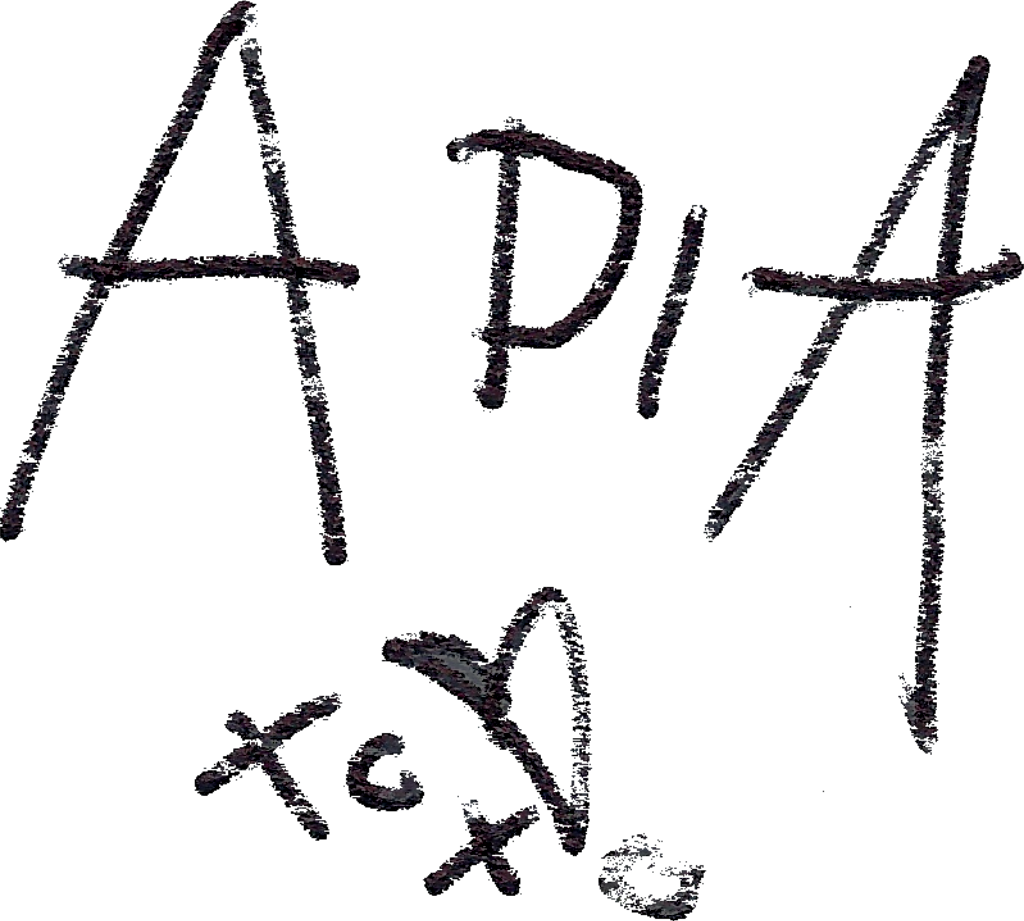NYU CREATIVE COMPUTING - SUMMER 2020 -
FINAL PROJECT
FINAL PROJECT
The below documents the final project "calm cloud" I created using p5.js and the Arduino, primarily tracking my ideation and creation process. I worked on this project while enrolled in the NYU Tisch IMA Creative Computing course completed virtually in Summer 2020:
OVERVIEW/BACKGROUND:
I want to create a device which receives user activity and generates outputs in order to soothe them. The outputs I have in mind include sound, image, and movement. I am thinking of my own propensity to get overwhelmed by stimuli, and ideally this project would help me find calm.
I did a bit of research on calming technologies. The Calm app and even the screen time tool on iPhone are some relevant examples. Besides the user-centric interfaces already becoming integral to modern UI and mobile designs, I am reminded in particular of analog calming technologies as references. Blackout windows, weighted blankets-- these are all tools for minimizing stimuli. The interesting thing about typical natural landscapes used as screensavers or meditative references is that there is nothing inherently “calm” about them- nature is full of entropy and change!
Going forward I will research and tinker with some technical possibilities, and think about the difference between peripheral vs. immersive user experience as a factor in design.
RESEARCH
The Google Digital Wellbeing Collection is one curation of some interesting “calm tech” projects. The WeFlip App encourages participants to collectively unplug. The Printable Paper Phone encourages users to take a break from actual phones. It is not really a technical implementation, but remains an interesting reference! The Anchor Chrome extension simulates scrolling as a deep sea dive.
These examples all liken interaction to something that needs to be stopped or broken. Looking at some of these projects, it’s interesting to think about how my project could encourage continued interactivity, but minimize the information overload that can happen during long bouts of being on the web or using tech in general.
ITERATION/MAKING
In the meantime, I’ve drawn a diagram for what my project could look like:
I’ve also been using TinkerCAD to experiment with some possibilities with the Arduino circuit and breadboard. In the future, I will continue building a prototype, and doing more research on artists that are particularly oriented towards my topic of interest.
STAGE 1
At first, the project was supposed to simulate a room, which I deemed the “Ground Room”.
In this first stage, I just wanted to make sure everything worked with speech recognition and the actual computer display.
Check out the code below to try out this early stage version of my project:
“GroundRoomRGB”: https://editor.p5js.org/sycophana/sketches/tR8owUdSK
STAGE 2
This stage mainly consisted of implementing the serial communications between the Arduino and the web editor. So in some ways, this project functioned as a re-exploration of our "serial" assignment as we learned p5.js!
A picture of the circuit board!
STAGE 3:
After getting the LEDs to light up, I really did feel calmer than the initial product from Stage 1! The LEDs provided a kind of analog validation that was more satisfying than what you would receive digitally on a screen.
PROTOTYPE
"calm cloud"
Instructions/Interface:
1. A user must click on the calm cloud.
2. A color will display on the screen.
3. The user should identify an item nearby of the same color.
4. The name of the item will display on screen & the attached LED’s will light up, simulating "lightning"!
The project also incorporates sound in the background, simulating an actual thunderstorm. Because of the calming properties of the sound of rain, this feature ideally contributes to a more calming atmosphere. The user can also press the numbers 0-9 to manually adjust the brightness of the LEDs (0- no brightness, 9-brightest)
Demo:
Here is a video of my dad testing it out below:
(and he wasn’t feeling that stressed, but this video is just meant to demonstrate the project interaction)
Code:
Here is the code for the project to try it out yourself! Even if you don’t have an Arduino connected, “lightning” should still flash on the screen if you say something!
*note: the fullscreen mode of this code is currently buggy, so please use the edit and preview mode instead!*
GOING FORWARD
Of course, this project was a learning exploration for me, as I aimed to bring together some of the analog and digital tools we learned in a relatively simple interface. Since all of these materials will continue to be online, in the future, I would love to:
- Clean up the code (organizing, formatting, etc.)
- Add more degrees of interactivity (different words change the lights)
- Work out bugs and make the project altogether more accessible!
Ultimately I had fun figuring everything out and finally finding (at least some of!) the calm I was initially seeking ☺

